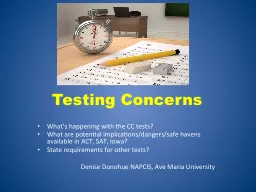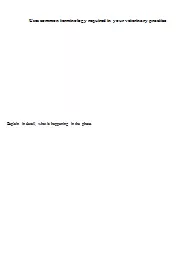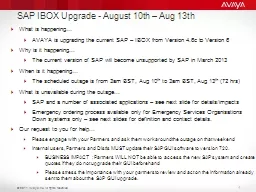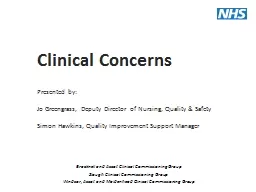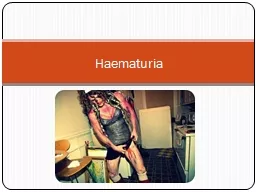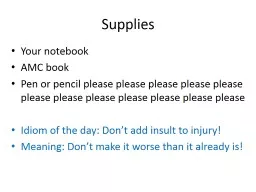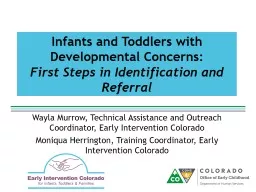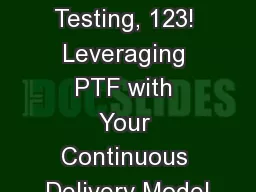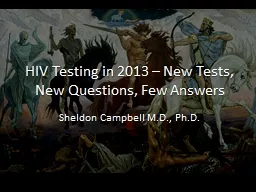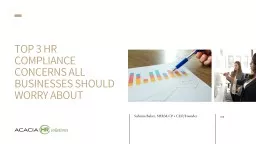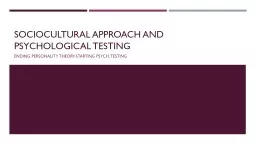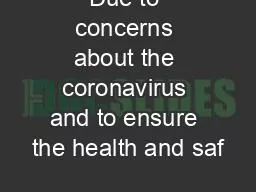PPT-Testing Concerns What’s happening with the CC tests?
Author : lindy-dunigan | Published Date : 2018-03-19
What are potential implicationsdangerssafe havens available in ACT SAT Iowa State requirements for other tests Denise Donohue NAPCIS Ave Maria University Federally
Presentation Embed Code
Download Presentation
Download Presentation The PPT/PDF document "Testing Concerns What’s happening with..." is the property of its rightful owner. Permission is granted to download and print the materials on this website for personal, non-commercial use only, and to display it on your personal computer provided you do not modify the materials and that you retain all copyright notices contained in the materials. By downloading content from our website, you accept the terms of this agreement.
Testing Concerns What’s happening with the CC tests?: Transcript
Download Rules Of Document
"Testing Concerns What’s happening with the CC tests?"The content belongs to its owner. You may download and print it for personal use, without modification, and keep all copyright notices. By downloading, you agree to these terms.
Related Documents

